Knotweed Complex (Reynoutria japonica +)
1B, limited presence in Montana
Quick ID
- Hollow bamboo-like stem
- Non-hollow nodes with a membranous sheath
- Perennial, rhizomatous growth
- Greenish to creamy-white small flowers grouped in plume-like clusters where leaves meet stem; 5 upright petals
- Height 5 to 19 feet
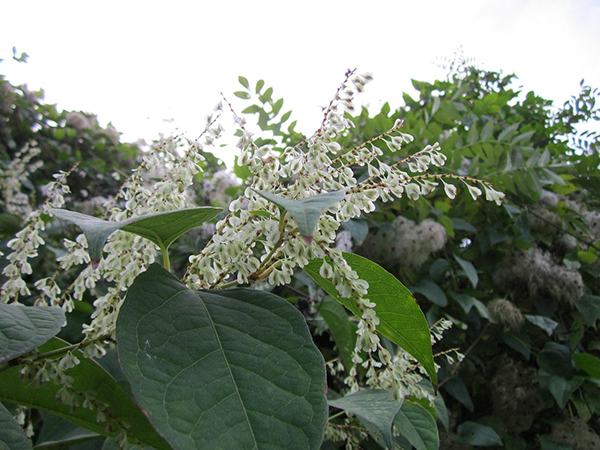
Knotweed Complex
Video Information
Weed Images
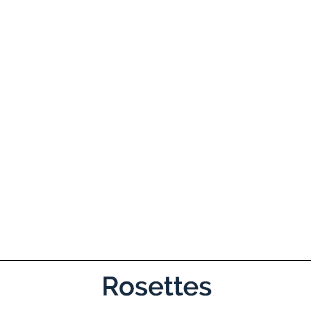
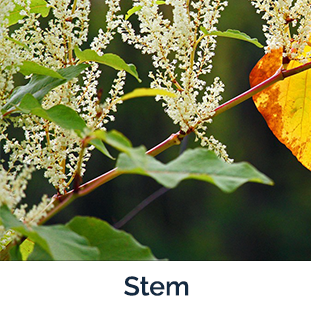
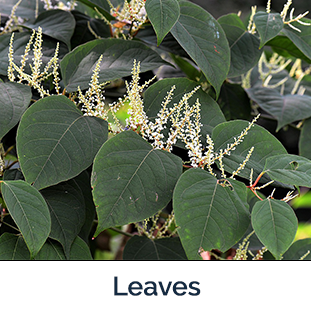
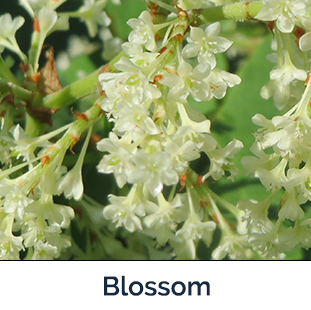
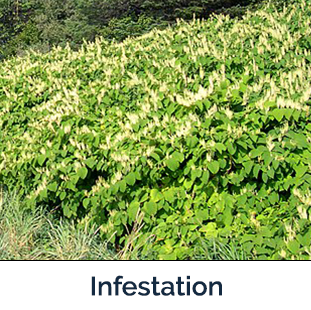
Weed Specifications
| Type | Information |
|---|---|
| Toxicity | Non-Toxic |
| Best Management Practices | The four species within the complex may be treated differently, but recommendations are based on Japanese knotweed control until more research becomes available. Persistent stem cutting at minimum three times per year is needed to reduce rhizome reserves; hand pulling is effective on younger patches with moist soil; herbicides suitable for knotweed control can be found through the MSU Extension site; Grazing can also weaken growth; since eradication is immensely difficult, prevention of establishment is the primary management technique. |
| Habitat | Not limited to soil types or nutrient levels; open forest canopies may be more vulnerable due to shade intolerance. |
| Root | Extensive root system. |
| Leaves | Alternate leaves. |
| Lifespan | Perennial |
| Similar Looking Plants | Buddleja (butterfly bush), knotgrass, Russian vine, giant and hybrid knotweeds. |
| Important Information | The plant can spread by root and stem fragments, resulting in uncontrollable spread. Their natural competitive advantage in a new environment can cause serious destruction. |

